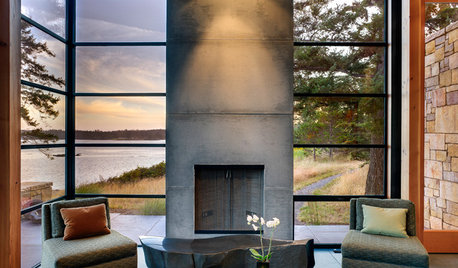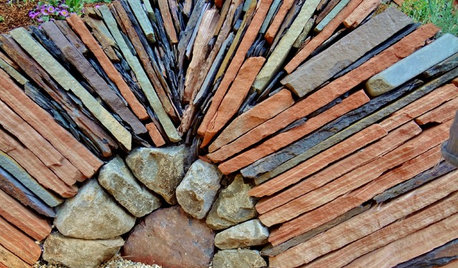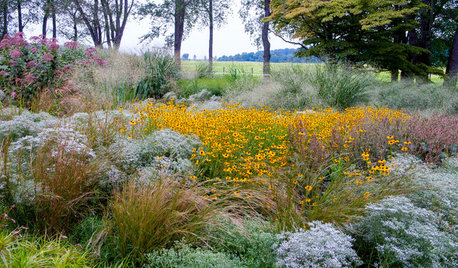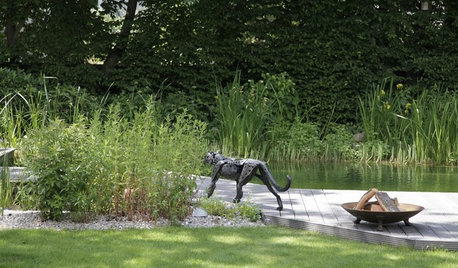natural regeneration surprises
basic
10 years ago
Related Stories

HOUZZ TOURSMy Houzz: A Surprisingly Light Lakeside Log Cabin
Light gray paint and lots of natural light take this cabin on a Michigan lake out of moody country
Full Story
NEUTRAL COLORS8 Great Color Palettes: Surprising Bedroom Neutrals
Peaceful plum, relaxing black and many shades of gray show an unpredictably neutral nature in the bedroom
Full Story
ARCHITECTUREDo These Surprising Contemporary Exteriors Hint at the Future?
Unconventional homes may someday be commonplace, thanks to more building choices than ever before
Full Story
MODERN ARCHITECTUREDesign Workshop: 10 Surprising Twists on Window Trim
These modern approaches to window trim include no trim at all. Can you wrap your head around them?
Full Story
COLORDiscover White’s Surprising Power to Energize Every Room
Using white in different ways gives you limitless options for light, color and creativity
Full Story
LANDSCAPE DESIGNFollow Nature’s Lead for Artful Stacked Stones
Surprise and delight in the landscape with rock formations resembling wildland hoodoos and cairns
Full Story
GARDENING GUIDESThe Surprising Ingredients Every Good Garden Should Have
See what to do — and not do — for lasting rewards in your landscape
Full Story
BATHROOM DESIGN9 Surprising Considerations for a Bathroom Remodel
Don't even pick up a paint chip before you take these bathroom remodel aspects into account
Full Story
KITCHEN DESIGNNew This Week: 4 Surprising Backsplash and Countertop Pairings
Make your kitchen workspace stand out with colored ceramic tile, back-painted glass, butcher block and more
Full Story
LANDSCAPE DESIGNSecondary Sculptures Bring Style and Surprise to the Garden
These sculptures function as supporting actors in making a good garden a great production
Full Story








Huggorm
gardener365
Related Professionals
Aurora Landscape Contractors · Beachwood Landscape Contractors · Brooklyn Park Landscape Contractors · Euclid Landscape Contractors · Severna Park Landscape Contractors · Woodbury Landscape Contractors · Casselberry Landscape Contractors · Agoura Siding & Exteriors · Broomfield Siding & Exteriors · Lawrenceville Siding & Exteriors · Longmont Siding & Exteriors · Aventura Decks, Patios & Outdoor Enclosures · Fishers Decks, Patios & Outdoor Enclosures · Frederick Decks, Patios & Outdoor Enclosures · Green Bay Decks, Patios & Outdoor Enclosureswisconsitom
basicOriginal Author
famartin
basicOriginal Author
arktrees
wisconsitom
Huggorm